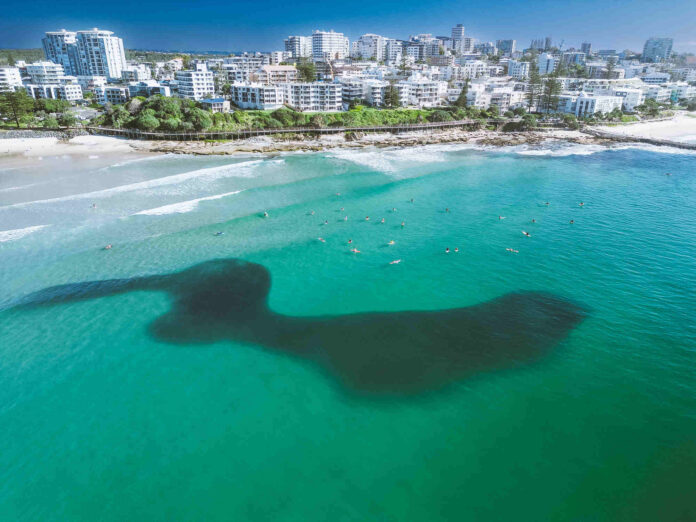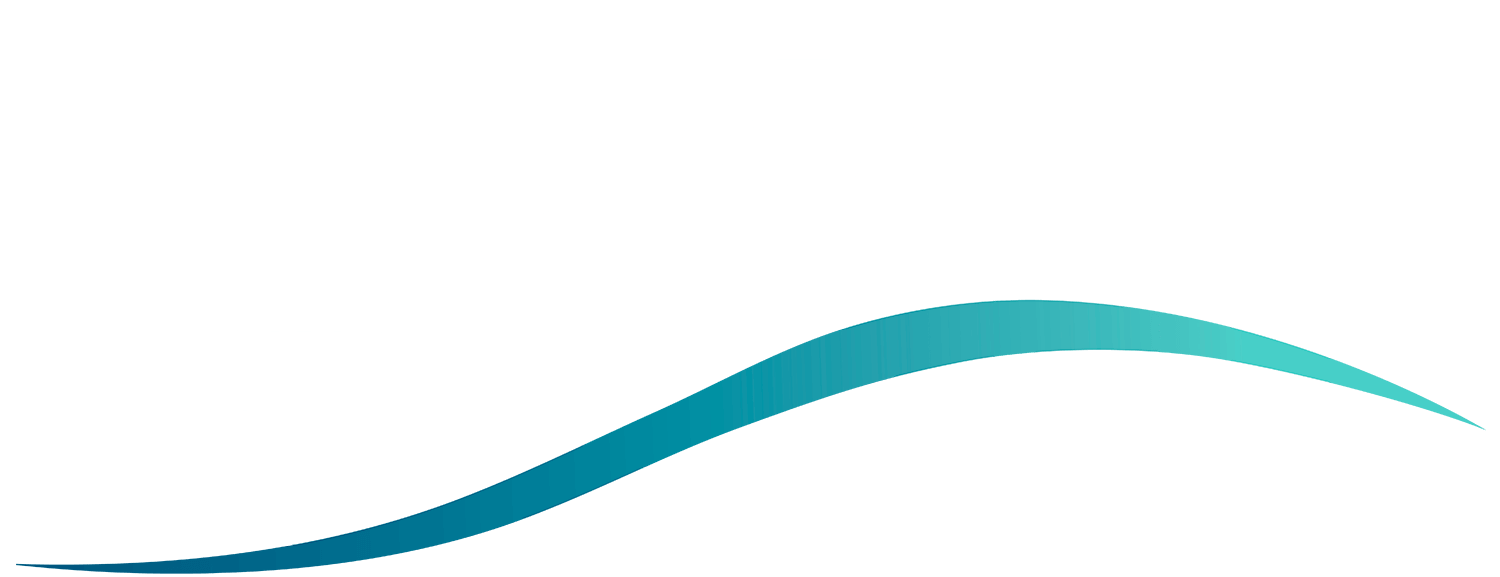Remarkable photos have showed the magnitude of bait fish on the Sunshine Coast, and just how close they were to the beach.
Drone pilot Jordy Haynes captured several amazing images, and footage, of schools of fish just metres from the shoreline.
They attracted several sharks, prompting the closures of beaches at Coolum, Noosa and Alexandra Headland.
Associate Professor Darryl McPhee, from Bond University, said the sheer number of bait fish was a sign of a “healthy coastal ecosystem”.
“Bait balls can consist of various species of small fish such as pilchards, sprats, yellowtail scads or herrings,” he said.
“These baitfish are a natural and critical part of marine food chains.
“The prevalence of bait balls is highly variable in terms of their population (boom and bust) and where they are at any given time. High concentrations of baitfish are a sign of a healthy and productive coastal ecosystems.”
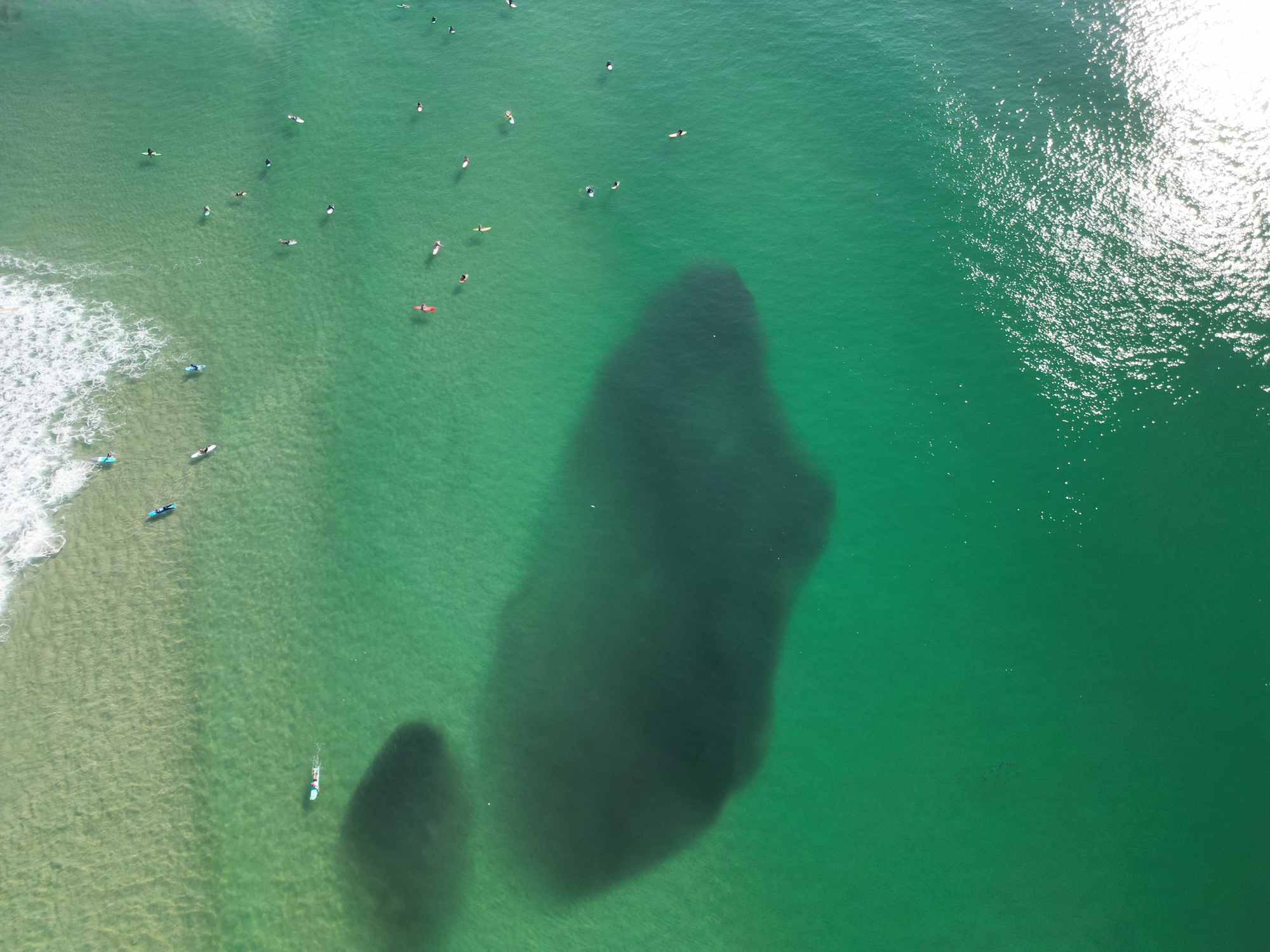
He said the small fish grouped together for safety in numbers.
“Bait fish generally form bait balls when the likelihood of predation is high and when they are moving larger distances,” he said.
“Bait balls can attract a range of predators including sharks as they can represent an easy feed.”
Mr Haynes captured photos of schools of bait fish near surfers at Caloundra and Kawana, from Thursday until Sunday.
“A lot of action in the water,” he said via social media.
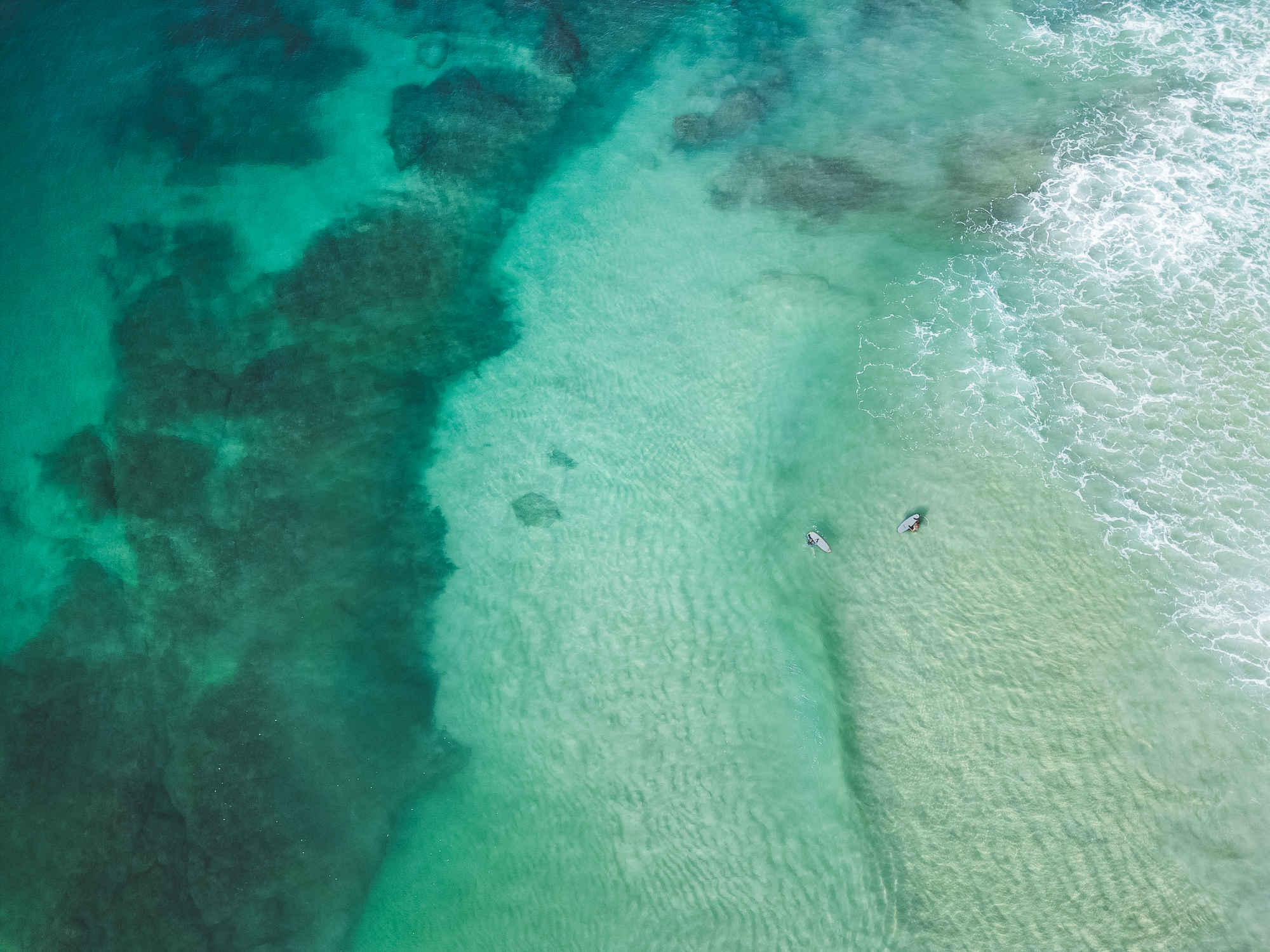
“Big bait balls of fish were everywhere, and dozens of sharks and tuna were chasing them through the water.
“There were at least 20 sharks around those bait balls although they didn’t pay any attention to the surfers,” he said.
He said he also “saw a few eagle rays”.
Sunshine Coast lifesaving services co-ordinator Shane Urban said the bait fish migration was unusual this season.
“I spoke to some long-term lifeguards and lifesavers, who said you expect to see them coming past at this time of year, but not in big numbers like this and not as close to shore like this,” he said.
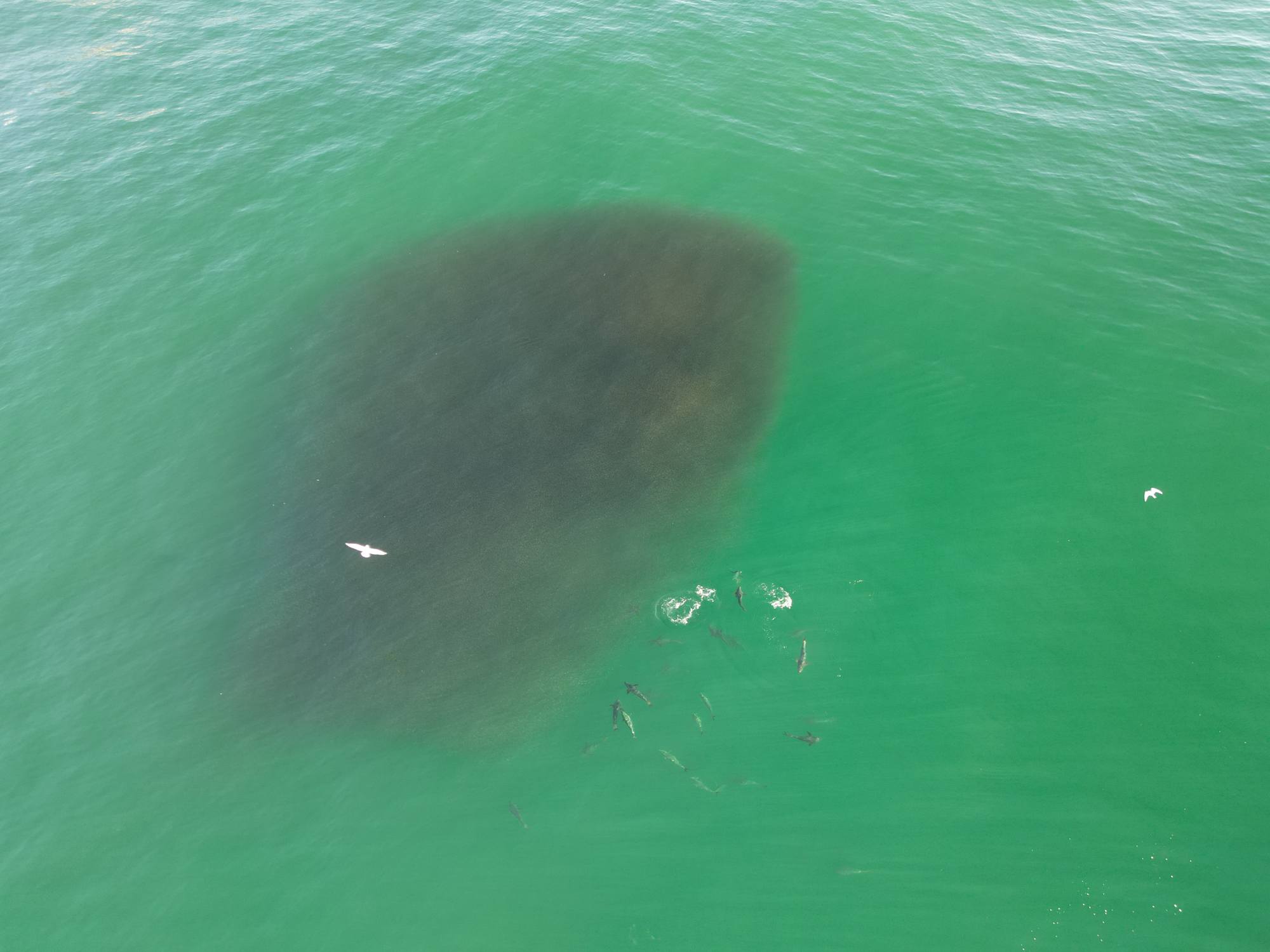
He said the proximity of the sharks forced beach supervisors into action.
“We did have a number of beaches that we closed for public safety,” he said.
“The bait fish bring along bigger fish, which bring along bigger fish and even bigger fish follow them. It’s a natural occurrence.
“The sharks are out there (off the shoreline) all the time anyway, but they were centralised because of the food options that were available to them.”
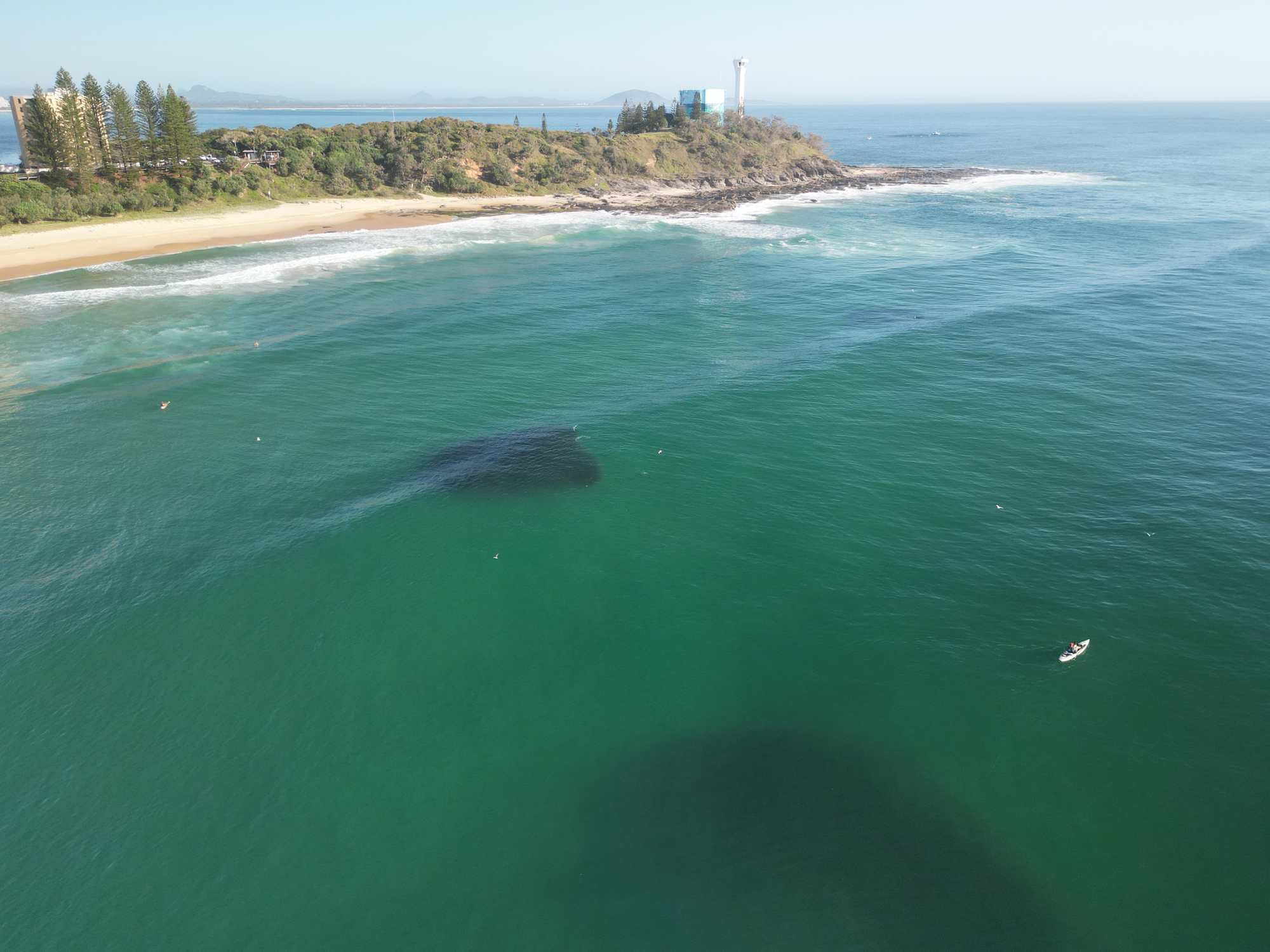
He said he had received reports of bull sharks and reef tip sharks.
Mr Urban said the schools of bait fish and sharks were monitored with drones, as part of the SharkSmart program, with the Department of Agriculture and Fisheries.
“The good thing (about the drones) is that we can see them (sharks) when they are there, but we can also see when it’s just a dolphin or something else, which allows us to keep our beaches open when we might have erred on the side of caution and closed it in the past,” he said.
He said the bait fish had moved on and were heading north, but local beaches will continue to be monitored closely.
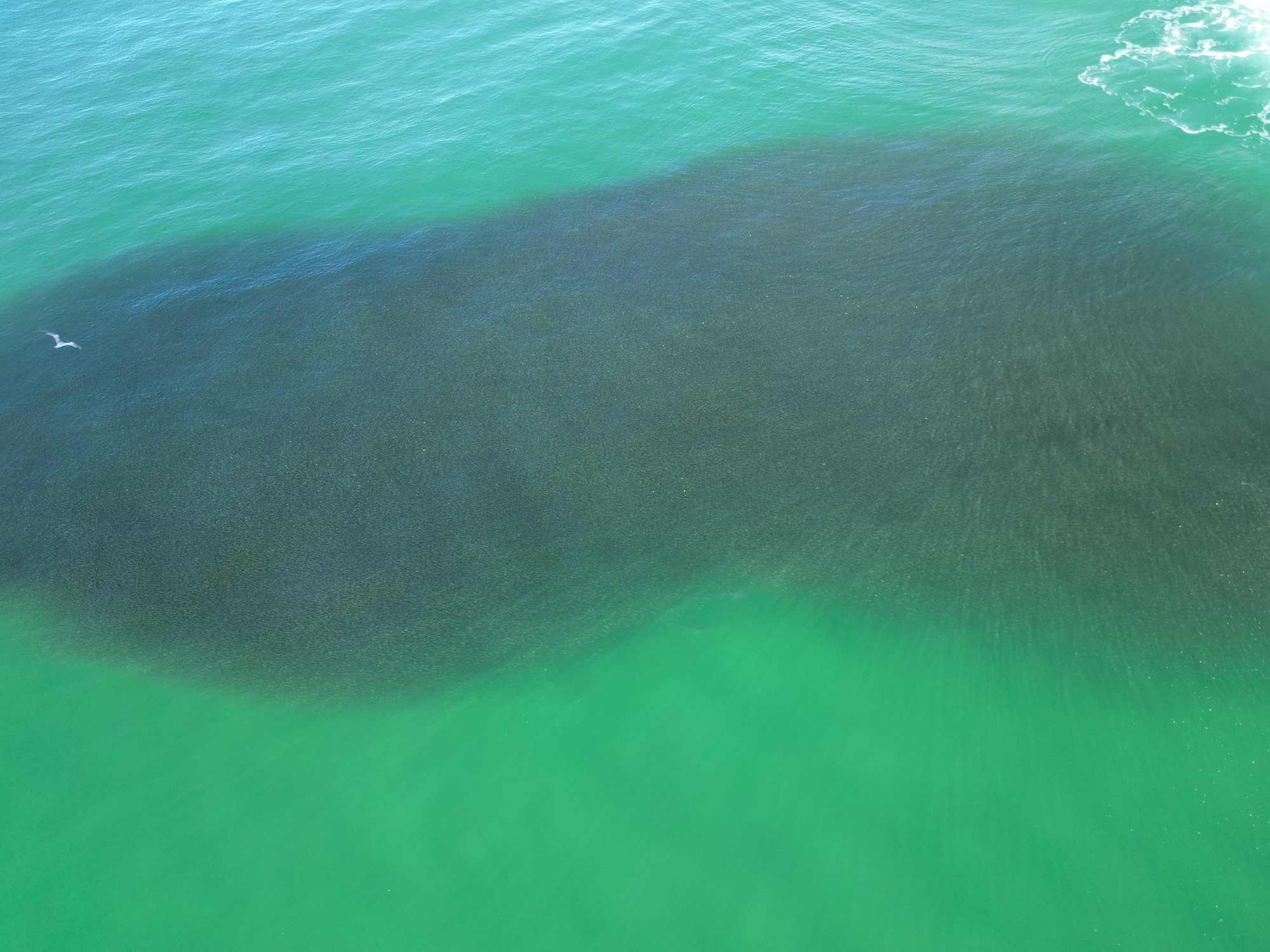
Local journalists supporting local people. Help keep independent and fair Sunshine Coast news coming by subscribing to our free daily news feed. All it requires is your name and email. See SUBSCRIBE at the top of this article.


